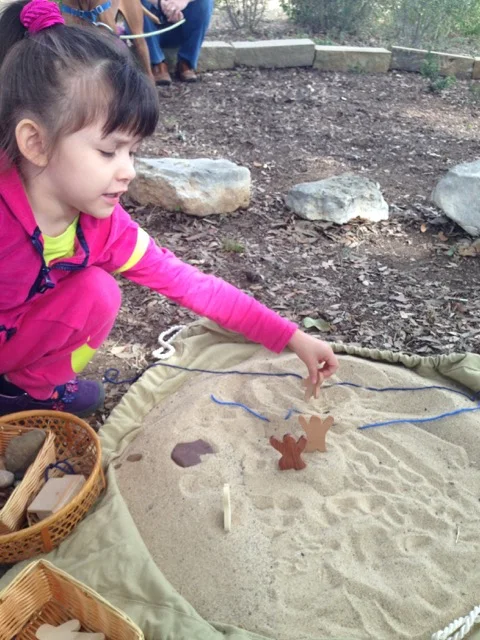Why Does Setting Matter?
Open & Closed Classrooms
by Katie Knight
At Butterfly Christian Preschool principal Jeanne Grevlos explains there are two types of classroom settings: indoors and outdoors. Paramount to her educational philosophy is that buildings operate as “closed spaces” while Nature is an “open space.” Indoors Jeanne sees that students are enclosed: at dinner tables, in car seats, in classrooms, in gyms, in strollers, and even with rules and schedules. But outdoors kids are free to explore, create, and learn concepts on their own, as well as physically interact with each other and the environment surrounding them.
Jeanne emphasizes that children, especially preschoolers, desire freedom. Freedom to explore, to physically move, and to interact.
Under the dense shade of trees on the Butterfly Christian playground the preschoolers are “enclosed” only in the sense that fences surround the playground to prevent them from running onto nearby roads. Here the outdoors offers a world that is more stimulating and engaging than the indoors, an “open space.” Kids use their bodies and their six (or more) senses to experience Nature and its living things. This in turn enhances comprehension and retention.
Classrooms, aka. “closed spaces”, are usually quite linear: desks are lined-up in rows, the room itself is rectangular and many subjects are taught in isolation. But outdoors there is an intricate web created from the impacts humans have on their ecosystems and that species and abiotic components have on each other. Under the forest canopy at Butterfly Christian Preschool, students get to see some of these interactions and experience the living world through sight, smell, taste, touch, hearing, interaction, activity, and intuition.
###
photos by Katie Knight
edited by Chris Searles








